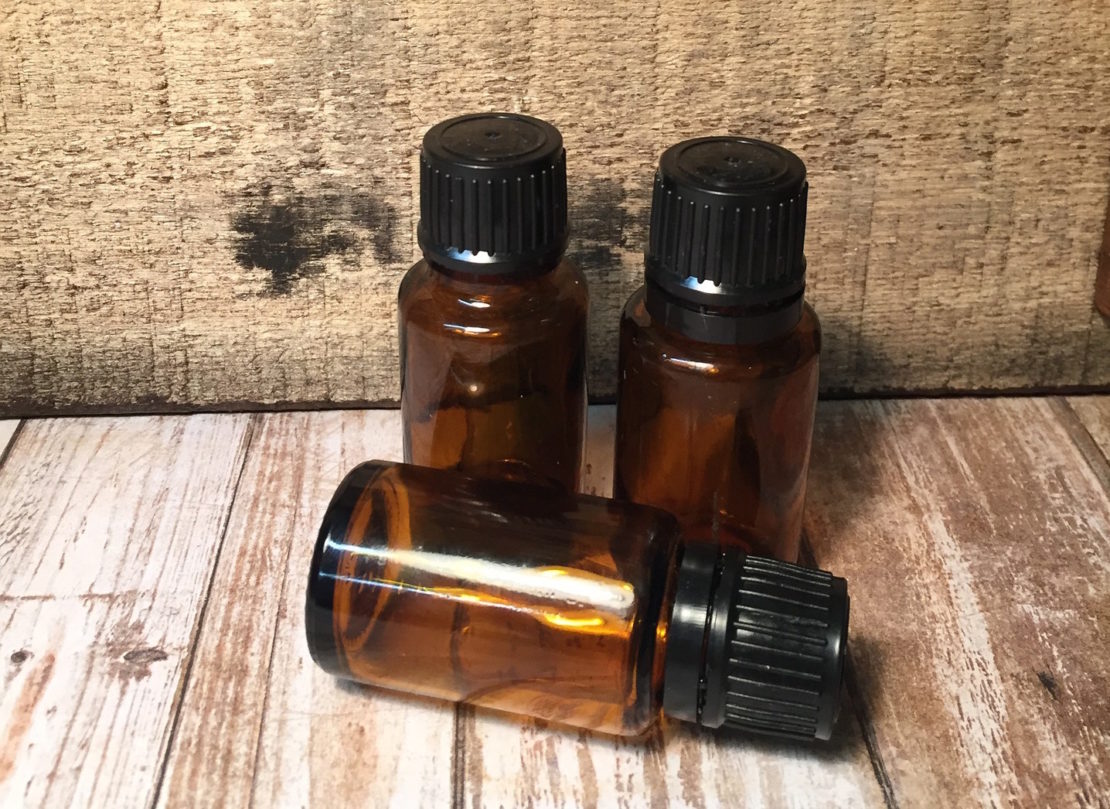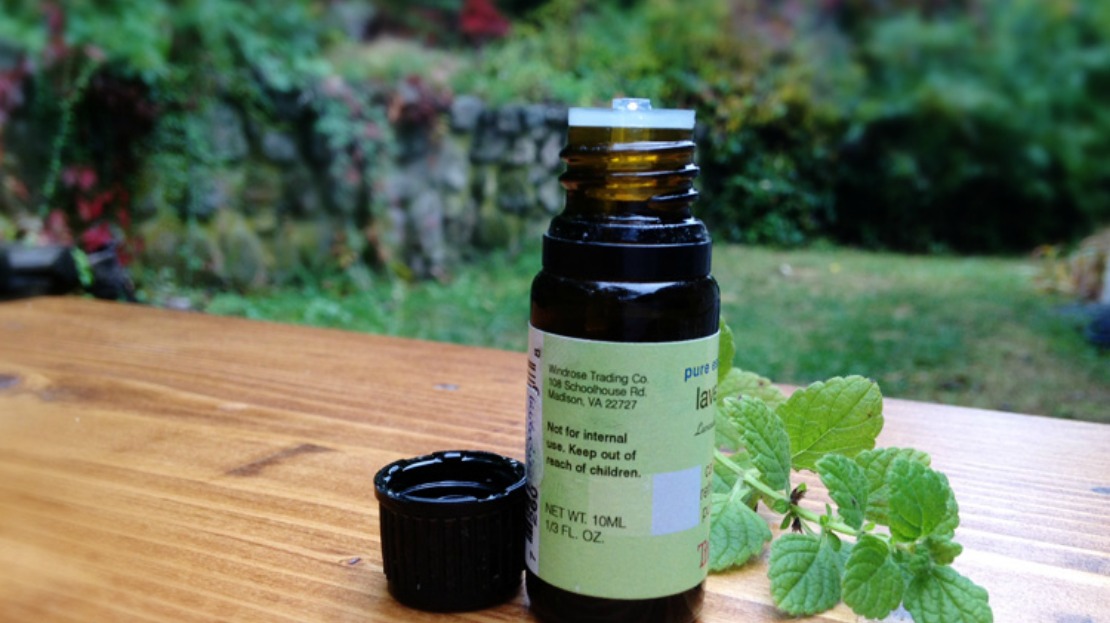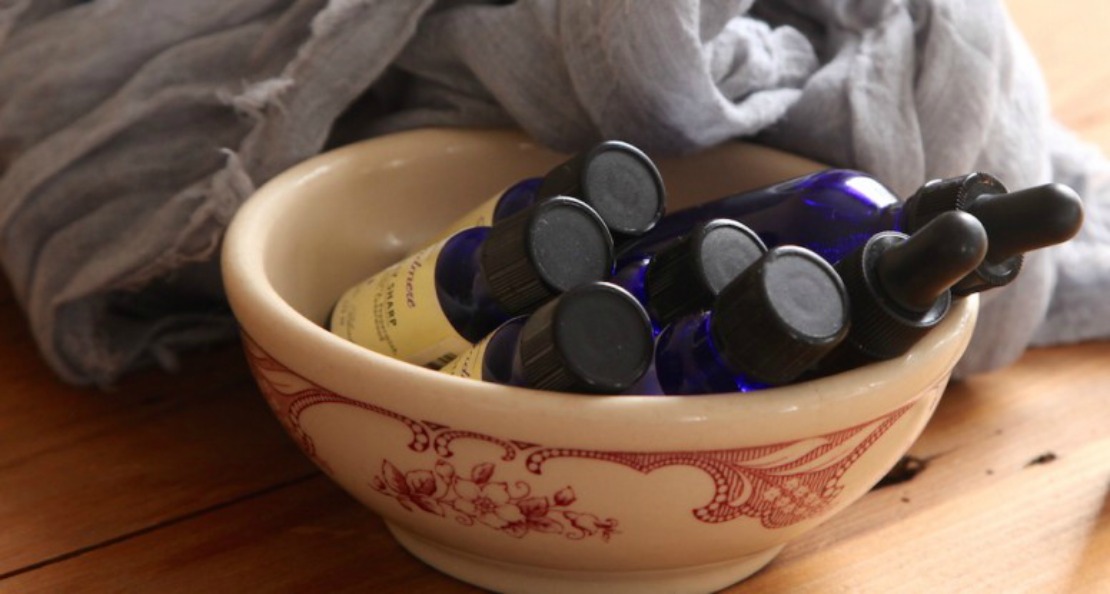
Safe & Powerful Alternative “Thieves” Blends For The 1%
One of the most famous and best-known essential oil blends is the “Thieves” blend and all of its variants. This blend is named for thieves during the Black Plague, who, reportedly, robbed the dead bodies, yet avoided catching the plague themselves because of the herbs they wore. This blend is designed as a powerful antimicrobial and is used for fighting off infections and in household cleaning and disinfecting. Today, I’m going to share alternative “thieves” blends for those who are sensitive to the original version and are looking for another option.
Although the “thieves” blend sounds wonderful, there are some drawbacks to this blend when used in essential oil form.
- First, several of the oils are strong skin sensitizers as well as irritants.
- Next, some oils are contraindicated for diffusing as well as for several health conditions.
- And lastly, many of the oils in this standard blend are not safe to use with young children.
Can we create alternative “thieves” blends that are less risky for those in the 1% group, yet are still highly effective? (Those with sensitive skin such as children, pregnant women, seniors, those with immune challenges, or those with sensitivities.) Yes, I think so.
Since most essential oils are, to some degree, antimicrobial, alternative “thieves” blends could be created. These blends might also be preferable in certain situations.
The wonderful thing about essential oils is that if one oil does not work out for whatever reason, there is likely to be another oil that can be used in its place. Each essential oil has its characteristic strengths, for which it is usually best known, but it also has multiple therapeutic properties based on its combination of constituents. That means that for any given oil, another oil can share some of its same properties, if not all of them.

Essential Oils Found in “Thieves” Blends
| Essential Oil | Therapeutic Properties | Key Constituents | Safety Concerns |
| Lemon (Citrus limon) | Anti-inflammatory, anti-oxidant, anticholinesterase, activating, antidepressant | d-limonene | Usually cold pressed: phototoxic. Do not use old or oxidized oil. |
| Sweet Orange (Citrus sinensis) | Anti-inflammatory, anti-oxidant, antibacterial, sedative, anxiolytic | d-limonene | Do not use old or oxidized oil. |
| Rosemary ct. 1,8 cineole (Rosmarinus officinalis) | Analgesic, anti-nociceptive, anti-inflammatory, antispasmodic, antihypertensive, expectorant, antioxidant,antibacterial, activating, antidepressant | 1,8 cineole | 1,8 cineole can cause central nervous system and breathing problems in young children. Rosemary is on some “Not During Pregnancy” lists due to camphor content. |
| Clove bud (Syzygium aromaticum) | Anti-inflammatory, analgesic, immunostimulant, antifungal (Candida spp.), antioxidant, antibacterial | Eugenol | May inhibit blood clotting, moderate risk of skin sensitization, and moderate risk of mucous membrane irritation, contraindicated for blood thinning medications. |
| Cinnamon (bark and sometimes leaf) (Cinnamomum zeylanicum) | Bark: antimicrobial, antifungal, astringent, antibacterial, anticlotting (Organic Information Services Pvt Ltd., 2016a) Leaf: see clove bud above |
Bark: cinnamaldehyde leaf: eugenol |
Bark: may inhibit blood clotting, embryotoxicity, high risk of skin sensitization, slight mucous membrane irritant, not to be used when pregnant Leaf: see clove bud above Both: contraindicated for numerous drugs. |
| Eucalyptus (Eucalyptus spp. often E. radiata) | Skin penetration enhancer, decongestant, antitussive, anti-inflammatory, analgesic, antifungal, mentally stimulating, astringent. | 1,8 cineole | 1,8 cineole can cause central nervous system and breathing problems in young children. |
*Note: therapeutic properties without a reference are from Rhind, 2016. Essential oils may have other valid properties as well. Safety information from Tisserand & Young, 2014.
Proposed Essential Oils For Alternative “Thieves” Blends
| Essential Oil | Substitute Essential Oil | Desirable therapeutic properties | Safety |
| Lemon (Citrus limon) (cold pressed) | Sweet orange (Citrus sinensis), Mandarin (Citrus reticulata), steam distilled lemon (Citrus limon) | Anti-inflammatory, anti-oxidant, antibacterial, sedative, anxiolytic | Non-phototoxic; do not use old or oxidized oil. |
| Rosemary ct. 1,8 cineole (Rosmarinus officinalis) | Sweet marjoram (Origanum marjorana) | Analgesic, anti-inflammatory, antispasmodic, smooth muscle relaxation, vasodilator, histamine suppressor, bronchodilation, anxiolytic, sedative, cicatrisant | No safety concerns indicated. |
| Clove (Syzygium aromaticum) | Lavender (Lavandula angustifolia), tea tree (Melaleuca alternifolia) | Lavender: analgesic, anti-nociceptive, anti-inflammatory, anti-oxidant, antimicrobial, anxiolytic Tea tree: antibacterial, antiviral, expectorant, antiseptic, stimulant, sudorific, antifungal (Organic Information Services Pvt Ltd., 2016b) |
Avoid oxidized or old oils. Low risk of skin sensitization. |
| Cinnamon (bark and sometimes leaf) (Cinnamomum zeylanicum) | Lavender (Lavandula angustifolia), tea tree (Melaleuca alternifolia) | Avoid oxidized or old oils. Low risk of skin sensitization. | |
| Eucalyptus (Eucalyptus spp. often E. radiata) | Sweet marjoram (Origanum marjorana) | Analgesic, anti-inflammatory, antispasmodic, smooth muscle relaxation, vasodilator, histamine suppressor, bronchodilation, anxiolytic, sedative, cicatrisant | No safety concerns indicated. |
*Note: therapeutic properties without a reference are from Rhind, 2016. Essential oils may have other valid properties as well. Safety information from Tisserand & Young, 2014.

Safe & Powerful Alternative “Thieves” Blends For The 1%
The following two alternative “thieves” blends are safe to diffuse and apply topically at appropriate dilutions for the “1% group.” Blends using Eucalyptus and rosemary can be also be used in respiratory blends for children over age three. The key to using these oils safely is to keep them away from children’s faces, especially their noses. Application to the feet, chest, and upper back can be highly effective.
Immune Support Stock Blend for Ages 2-6
2 parts sweet orange (Citrus sinensis) EO
1 part sweet marjoram (Origanum marjorana) EO
Immune Support Stock Blend for Ages 6-12
5 parts lavender (Lavandula angustifolia) EO
5 parts sweet orange (Citrus sinensis) EO
5 parts steam distilled lemon (Citrus limon) EO
2 parts tea tree (Melaleuca alternifolia) EO
1 part cardamom (Elettaria cardamomum) EO
Some other essential oils to be considered for immune support, respiratory support, or to ward off environmental microbial threats are:
- Eucalyptus radiata
- Rosalina ct. linalool (Melaleuca ericifolia)
- Black spruce (Picea mariana)
- Manuka (Leptospermum scoparium)
- Kanuka (Kunzea ericoides)
- Thyme ct. linalool (Thymus vulgaris)
- Lemon balm (Melissa officinalis)
- Black pepper (Piper nigrum)
- Scots pine (Pinus sylvestris)
- White fir/silver fir (Abies alba)
- Balsam fir (Abies balsamea)
- Cypress (Cupressus sempervirens)
- Bay laurel (Laurus nobilis)
- Balsam copaiba (Copaiba officinalis)
These are just a few of the powerhouse essential oil options. Be sure to check safety considerations for any oil you substitute in a blend to be sure it meets your safety needs.
Thieves blends are powerful antimicrobials, which means they can play an important role in our comprehensive approach to keeping our homes and families healthy. For those times when we require essential oils with a different safety profile, such as for the 1% group, we can choose from a long list of alternatives like we did with the alternative “thieves” blends above. That is one of the great joys of working with essential oils!
What are some of your favorite essential oils to use? Share with us on our community Facebook page or on Instagram with the tag #myherbalstudies!
REFERENCES
Organic Information Services Pvt Ltd. (2016). Health benefits of cinnamon and its oil. Retrieved on 09/22/2016 from https://www.organicfacts.net/health-benefits/essential-oils/health-benefits-of-cinnamon-oil.html
Organic Information Services Pvt Ltd. (2016). Health benefits of tea tree essential oil. Retrieved on 09/22/2016 from https://www.organicfacts.net/health-benefits/essential-oils/health-benefits-of-tea-tree-essential-oil.html
Rhind, J.P. (2016). Aromatherapeutic blending. London, UK: Singing Dragon.
Tisserand, R. & Young, R. (2014). Essential oil safety (2nd ed). London, UK: Elsevier.








